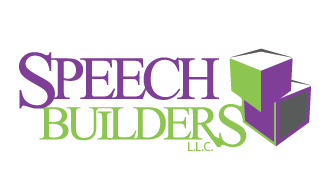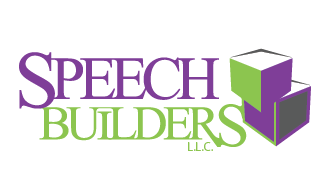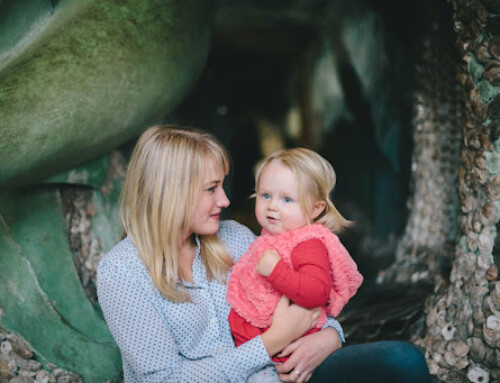I have spoken to parents who are puzzled or even dissatisfied, because they feel like all their child does in the therapy room is play. They think, “Why should I spend my time coming to these appointments just for my child to sit and play? We can do that at home!” And I see how parents could think that. From the outside, it can look like a speech therapy session is just spent playing with playdoh, cars, and puzzles. However, there is more to a fun-filled therapy session than meets the eye.
As all parents know, young children are high on energy and short on attention span, so they are not likely to sit still for long periods of time and pay attention to adult teachings. A typical 2 year old can only maintain focus on a given task for 4-6 minutes. That is not much time to target all of their speech and language goals. However, child development scientist, Dr. Karyn Purvis, discovered that “it takes approximately 400 repetitions to create a new synapse in the brain, unless it is done in play, in which case it only takes 10 to 20 repetitions.” Plainly stated, kids learn new skills faster through play! That means that SLPs (along with other therapists, teachers, and parents!) can maximize their teaching time by targeting learning goals through play activities. Here are some examples of what that could look like in the therapy room.
A child working on the /k/ sound might spend a therapy session CUTting and COOKing play food, CATCHing and throwing a ball, or playing with toy CARS. Hear all those /k/ sounds?? A child who needs help with spatial concepts might be seen playing hide and seek with toy animals “I found the cow UNDER the chair!” or building a tower with blocks “Put the blue one ON TOP!” Mr. Potato head might be used during a session with a child who has difficulty identifying body parts, or even something silly like stickers “Put a sticker on your nose! Now put a sticker on my hand!”
See how these simple play activities are actually learning experiences in disguise? And they are way more fun and engaging for children than being drilled with flashcards. Next time you see your child “playing” in therapy, see if you can discover what the therapist is actually teaching. Take it a step further and try to come up with creative ways that you can help your child learn through play too!
Resources:
http://pediatrics.aappublications.org/content/119/1/182
If you are looking for a resource that will give you a step-by-step program that gives you as a parent or caregiver at home practice, check out the book “30 Days To Get Your Toddler Talking by clicking here: https://www.speechbuilders.org/30-days-to-get-your-toddler-talking/















Leave A Comment
You must be logged in to post a comment.